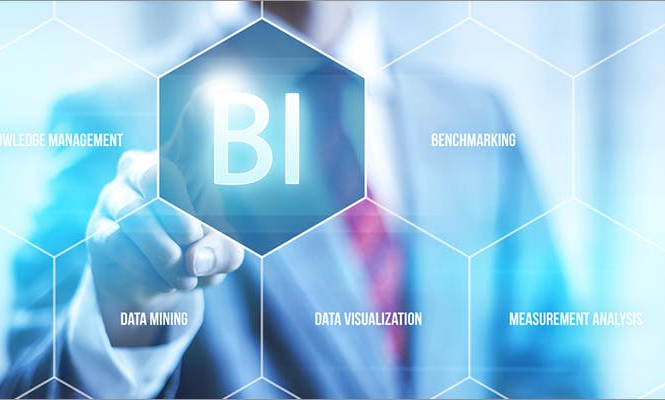Gregory Piatetsky: Author of the most popular newsletter in the data mining community, he has recently updated his website with new content. You can now subscribe with RSS and you can find KDnuggets on Twitter. Gregory does an amazing job in collecting data mining related information, analyzing it and distributing it to data miners (website).
Bruce Ratner: He is author and his website contains several articles about data mining. He has recently been very active on social networks such as LinkedIn (website).
Ajay Ohri: I think this is the most active blogger in the data mining field. He is very active on many social networks and has an excellent collection of interviews with key people in data mining and related fields (blog).
Vincent Granville: As the creator of AnalyticBridge, Vincent has made a great job in building a community of people specialized in analytics fields. His network links more than 6600 members. So, it’s time to subscribe! (website).
Matthew Hurst: He is the author of the very famous blog “Data Mining: Text Mining, Visualization and Social Media”. He is very active on his blog on topics such as social media and data mining the blogosphere (blog, twitter).
Dean Abbott & Will Dwinnell: I put them together since they are co-bloggers. Abbott’s Analytics is an excellent blog (one of my favorite) related to data mining. When reading the posts, you can really feel the experience of the authors (blog).
Greg Linden: His famous blog – Geeking with Greg – is well known for a while now. He writes very informative posts about personalization related topics (blog).
Matt Cuts: He mainly writes about Google stuffs and SEO. However, he is also well know in the data mining world since several posts are directly or indirectly related to this field (blog).
Themos Kalafatis: He writes a lot about text mining (social network mining, etc.) and his posts are very practical. It is always a pleasure to read his blog (blog, twitter).
Randall Matignon: He is the author of very comprehensive books on SAS Enterprise Miner. You can find all information about his books on his webpage (website).
For More Information about Data Minining click here





